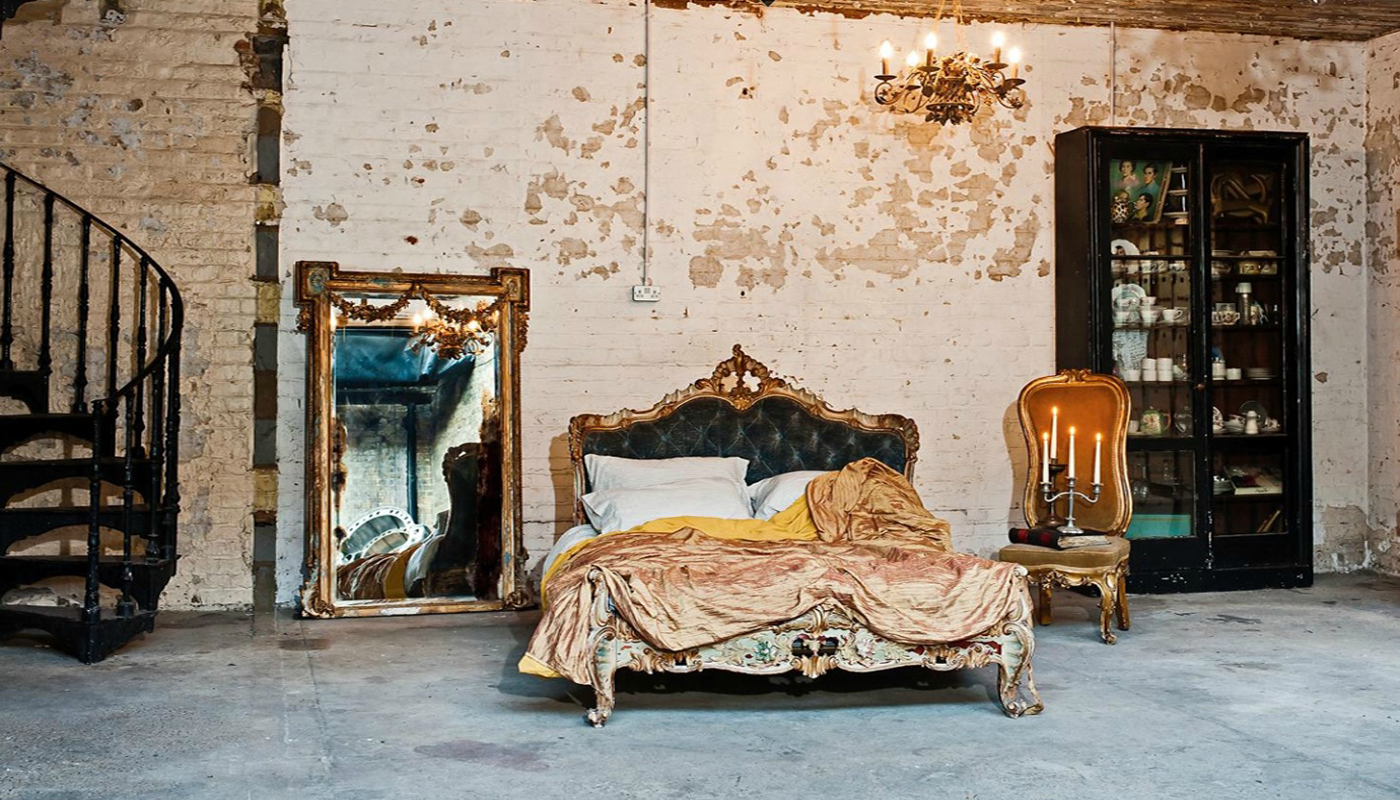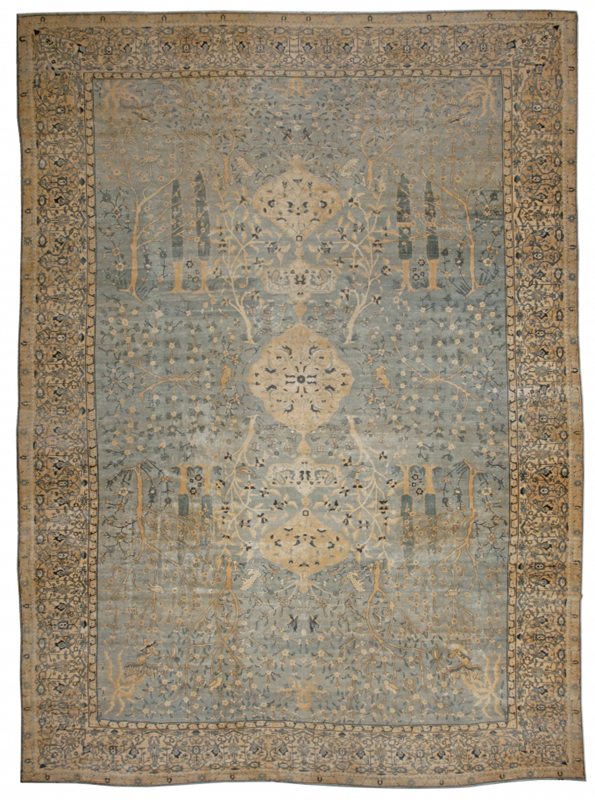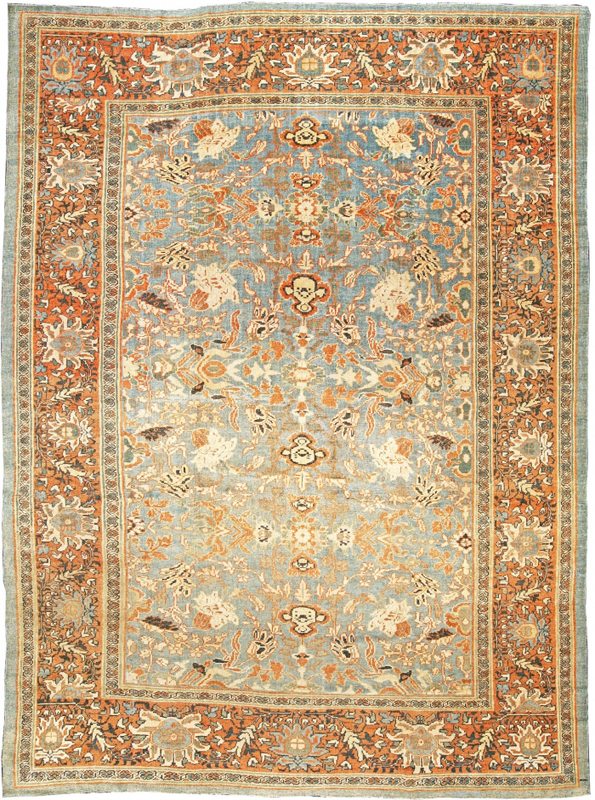Of course we love to be surrounded by attractive things and quickly reject everything what’s drab and rough. That’s how our brain functions: we are simply drawn by the sight of pretty objects. As if in opposition to the primacy of perfection in the West, Japanese culture developed a world view that focuses on imperfection and transience of objects. They call it wabi-sabi.
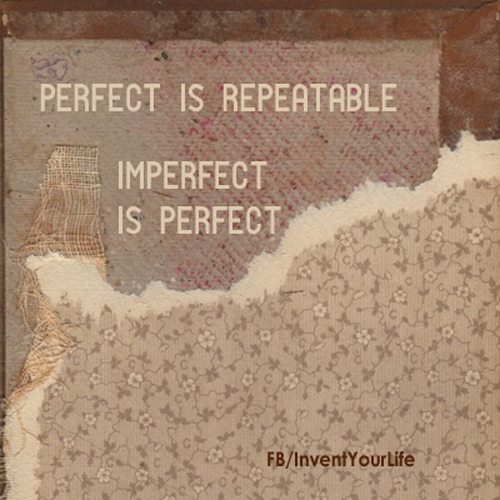
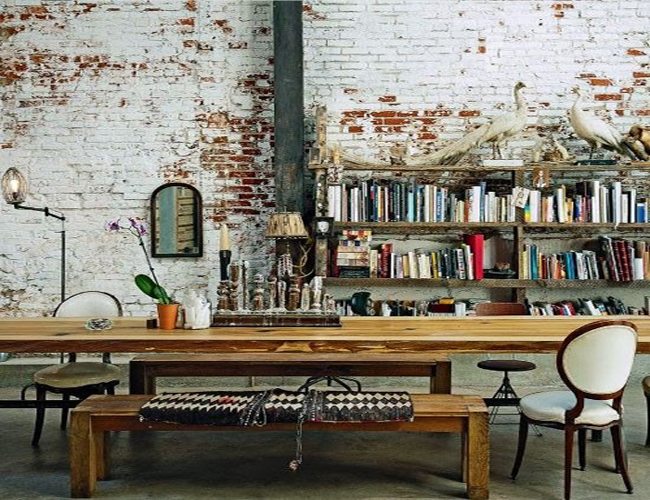
According to Wikipedia, the aesthetic of wabi-sabi is based on three simple concepts: “nothing lasts, nothing is finished, and nothing is perfect.” Have you ever looked at the old worn seats, decrepit looking walls or a distressed mirror with a sense of melancholy and nostalgia? Then whatever brought about these feeling in you, could be described as wabi-sabi.

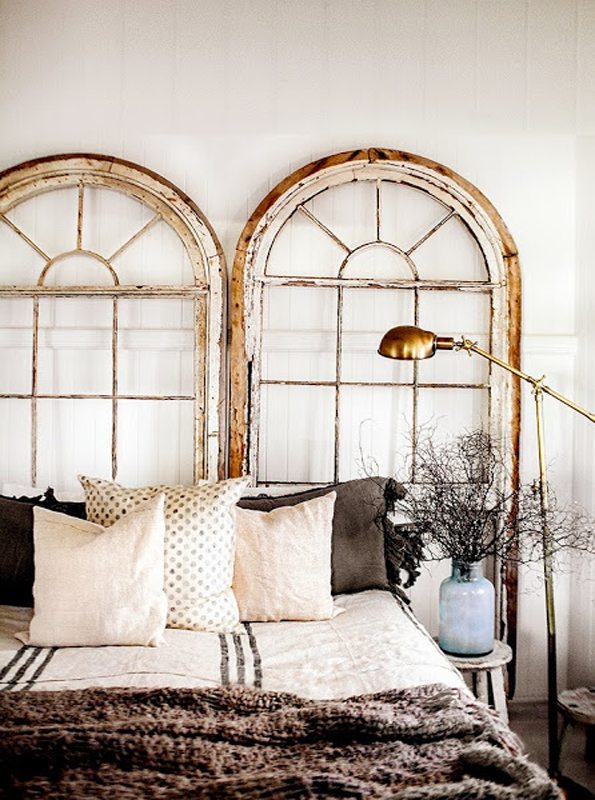
Our antique rugs collection also features some worn out carpets that still fascinate the eye. Their beauty comes with age.
Beauty can be discovered in simplicity. I can’t bring myself to discard a cracked table and a chipped vase that I’ve been storing for years simple because I find them fascinating and beautiful. My home is filled with precious old things I feel an affection for. I think that I’ve mastered the design style of wabi-sabi to perfection.
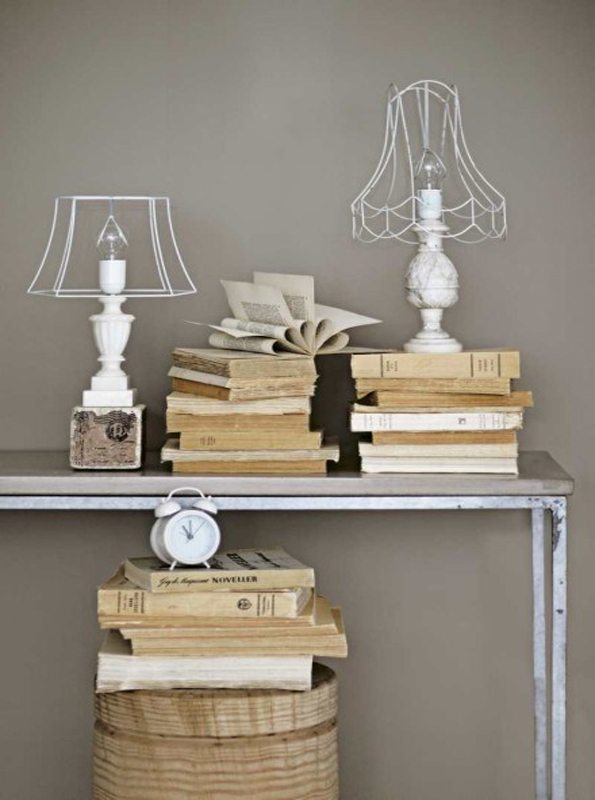
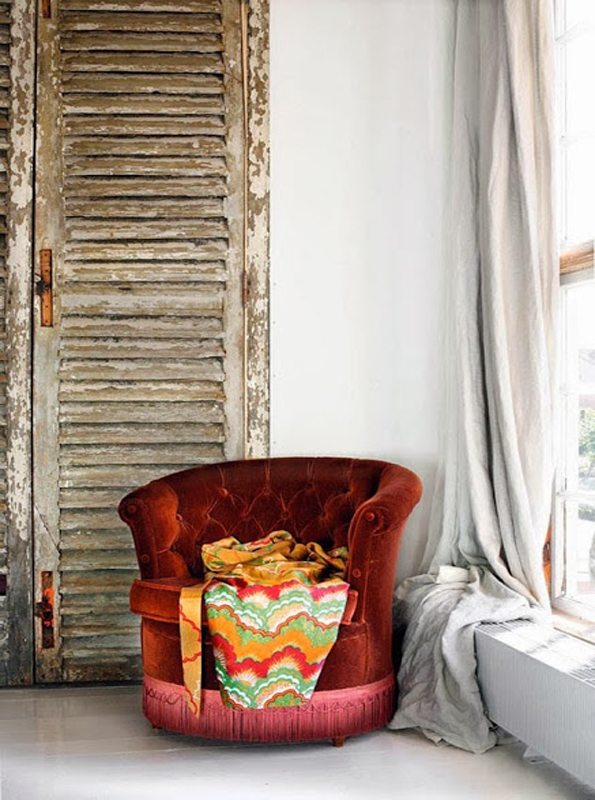
And what about you? Do you think that possessions that age with all their imperfections are more interesting than those you purchased recently?
